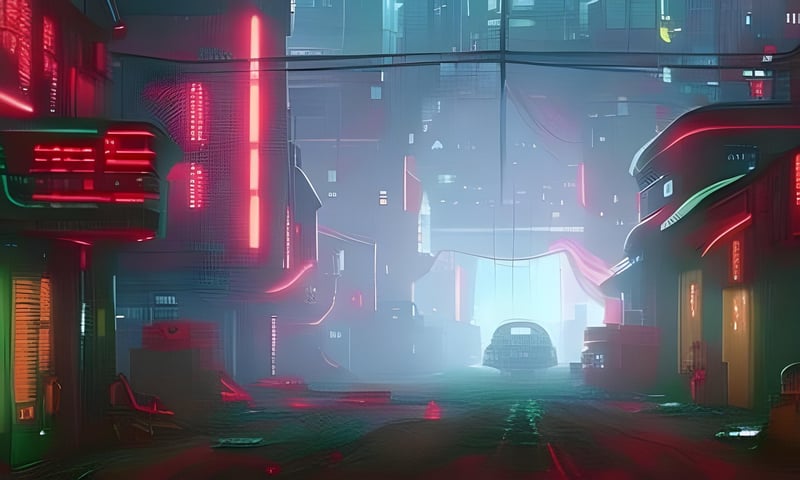Future Cities
Exploring Time Periods in Future Cities

As we look towards the future of urban development, it's fascinating to explore how different time periods have influenced the cities we inhabit today and how they might shape the cities of tomorrow. Let's delve into the diverse time periods that have left their mark on urban landscapes and consider what the future holds for city planning and architecture.
Ancient Times: Legacy of Urban Planning
Ancient civilizations like Rome, Athens, and Mohenjo-Daro laid the foundation for urban planning with their grid layouts, centralized public spaces, and advanced infrastructure. Their architectural marvels still inspire city planners today, emphasizing the importance of efficient design and community spaces.
Medieval Era: Castles and Cathedrals
The medieval period introduced fortified cities with imposing castles and grand cathedrals. These structures not only served as defense mechanisms but also as centers of power and spirituality. Their influence can be seen in modern cityscapes where historic landmarks blend with contemporary architecture.
Industrial Revolution: Urbanization and Innovation
The Industrial Revolution transformed cities into hubs of innovation and industry. Skyscrapers, factories, and railways reshaped urban landscapes, accommodating a growing population and driving economic growth. This era marked a shift towards vertical development and mass transportation systems.
Modern Times: Sustainable Urbanism
In recent decades, a focus on sustainability and green urban planning has emerged. Cities are embracing renewable energy, green spaces, and smart technologies to create eco-friendly environments. Concepts like vertical gardens, bike-friendly infrastructure, and LEED-certified buildings are shaping the cities of tomorrow.
The Future: Smart Cities and Beyond
Looking ahead, the concept of smart cities is gaining momentum, where interconnected technologies optimize resources, enhance mobility, and improve quality of life. From AI-driven infrastructure to autonomous vehicles, the future of cities is set to revolutionize how we live, work, and interact with our environment.
By reflecting on the legacies of past time periods and embracing innovation, future cities have the potential to harmonize history, sustainability, and technology to create vibrant and inclusive urban spaces for generations to come.

Let's continue to explore the rich tapestry of time periods that have shaped our cities and envision the exciting possibilities that lie ahead in the realm of future urban development.
For more inspiring images of cities, visit Pixabay.
